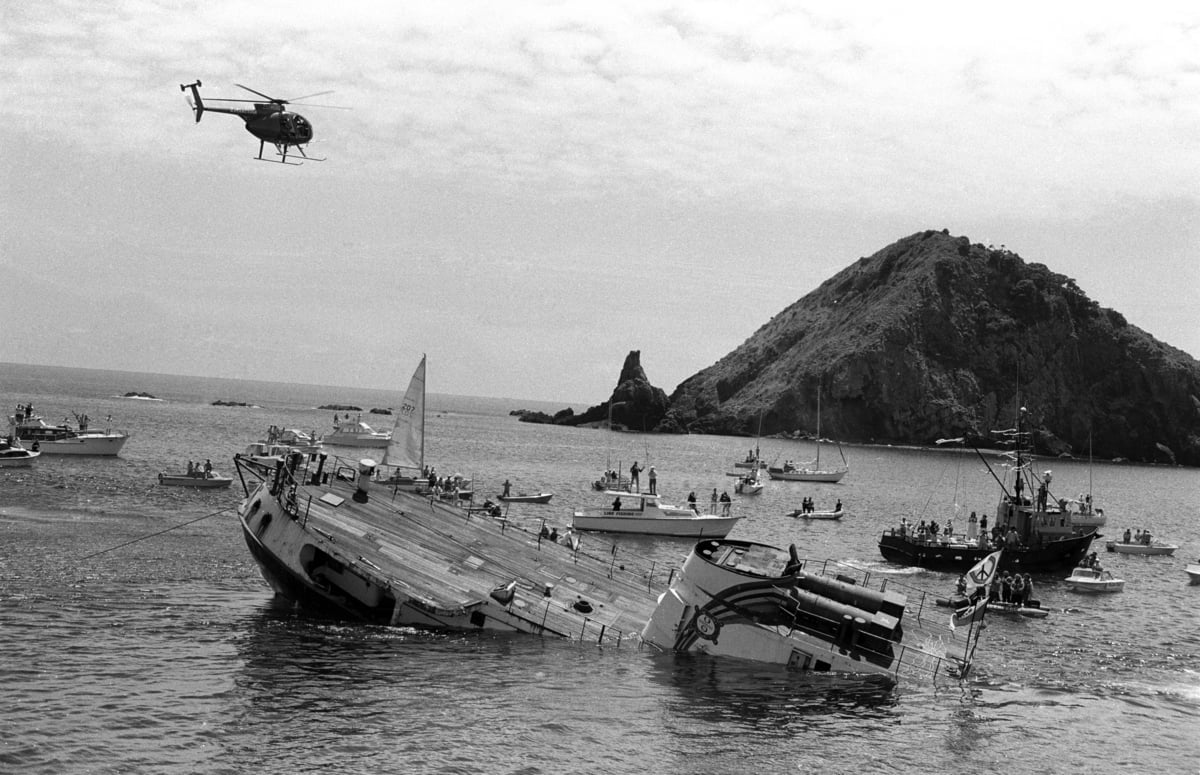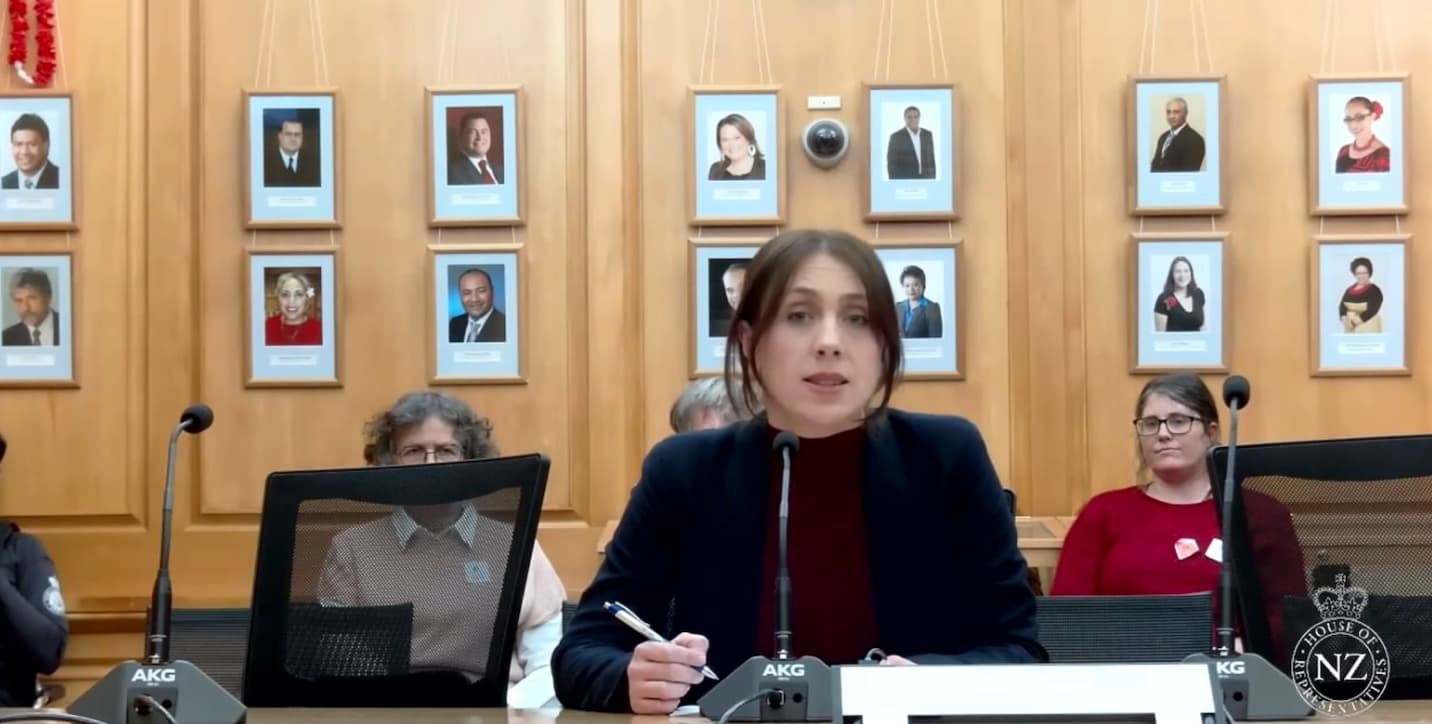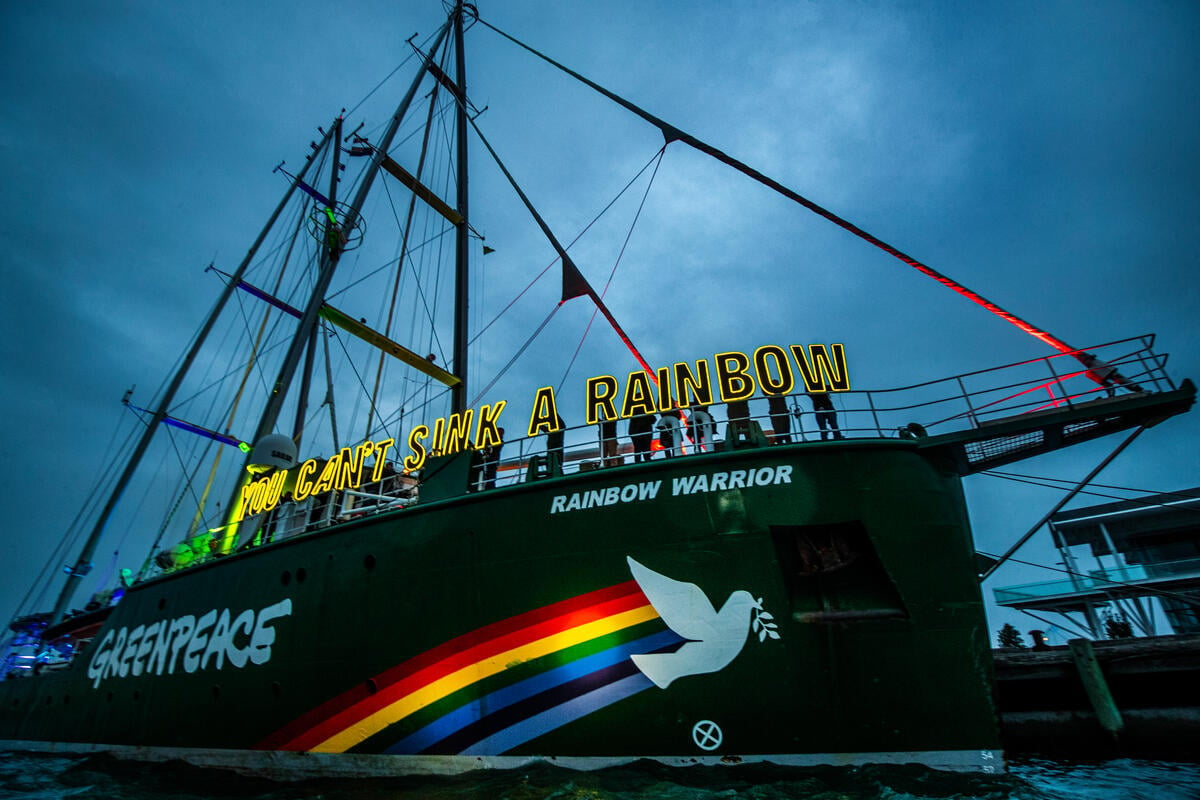Commercial fishing is one of the greatest threats to the health of the ocean. Years of destructive, industrial-scale fishing globally and here in Aotearoa have caused habitat loss, species decline and fish population collapses.
The ocean is struggling, and to turn things around we need stronger action that changes the way commercial fishing operates, treats our blue backyard better, and safeguards the environment for the future. If this industry isn’t better regulated – and soon – the ocean crisis will worsen, which is bad news for us all.
The good news is that if the government does introduce the right regulations, the ocean has a chance to recover and thrive again. If they protect more key areas of the ocean from destructive fishing, research shows that it can regenerate – fish populations can recover, species can be brought back from the brink, and diversity can return.
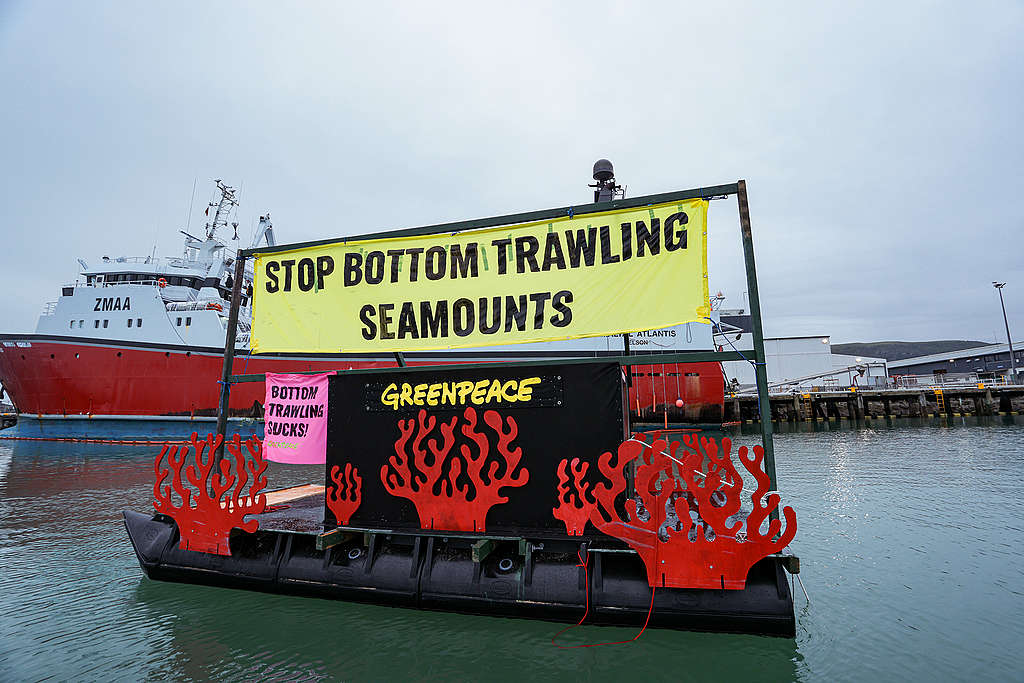
“The good news is that if the government does introduce the right regulations, the ocean has a chance to recover and thrive again.”
But one of the key blockers to getting increased ocean protection here in New Zealand is that the commercial fishing industry often gets to dictate the conversation, sitting at the decision-making table and delaying, watering-down or blocking progress altogether. Somewhere along the way, it became acceptable that those with the most to gain from exploiting the ocean, have the most sway in deciding on protection measures.
We’ve seen this multiple times before here in Aotearoa and around the world, and right now the industry is up to their old tricks, attempting to block progress towards protecting seamount habitats.
Why we must protect seamounts
For years, experts in ocean ecology have been highlighting that seamounts – known biodiversity hotspots – should be protected from bottom trawling. Greenpeace and the Deep Sea Conservation Coalition have been pushing for this because seamounts are home to fragile and unique ecosystems of coral and sponges, and bottom trawling destroys them as the nets are dragged along the seafloor.
The coral itself is worth protecting (some of it have been aged at thousands of years old, and many species are endemic to Aotearoa), but the coral also provides a vital habitat for fish and other marine life. In destroying the coral in these areas, bottom trawlers impact not just these species – but all the other creatures that rely on them for feeding, breeding and refuge, from the fish to the whale.
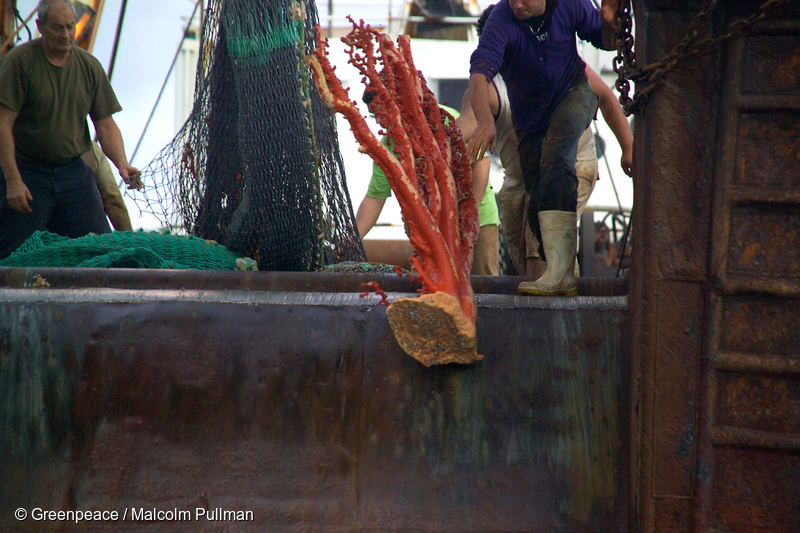
We often hear about the importance of coral reefs, but these reefs of the deep are being destroyed en masse by commercial fishing in Aotearoa. Year after year, tonnes of coral is destroyed by New Zealand’s bottom trawling fleet, and that is seriously bad news for ocean health.
That’s why we’re running a campaign to get bottom trawling banned on seamounts and features – so we don’t have a dead ocean in the future. 80,000 New Zealanders have joined this campaign, and 79% of those polled say they support this too. As a result of this public pressure, there’s a government process underway to discuss further protections for the seabed, this is a real opportunity to safeguard deep sea biodiversity.
But the industry has other ideas. Rather than agree to real progress – protecting all seamounts from the damage of bottom trawling – they’ve created an alternative plan that protects their own interests. In this plan, catchily titled Seamounts Count, they seek to lock in bottom trawling on seamounts at the same rate it is today – while massaging the numbers to make it sound like progress.
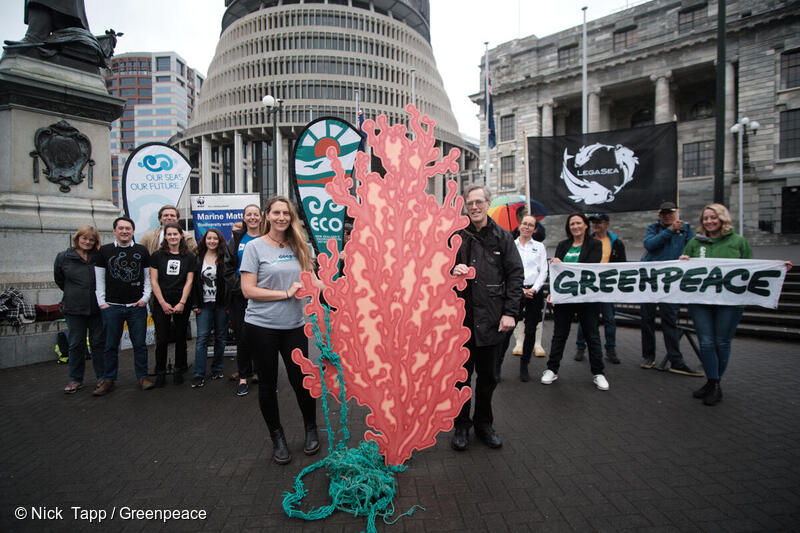
‘Seamounts Count’ is greenwash
Sealord’s ‘Seamounts Count’ plan is greenwash; a deliberate attempt to mislead the public that they’re doing the right thing, while keeping things exactly as they are. To give the impression they’re acting responsibly, they’re spending big bucks on ‘corporate advocacy,’ a full throttle public relations campaign. If the fishing industry was serious about protecting the ocean for the future, they could have put their PR coffer towards transitioning away from seamount trawling, rather than spending it on spin.
But let’s be fair. This is simply a commercial fishing business strategy. Profit comes first, the environment second – and this is precisely why these companies should not be able to dictate environmental protection. The fox should not be in charge of the hen house, unless you want all your chickens to ‘mysteriously’ disappear.
Industry self-regulation has failed before, and it will fail again
How do we know the industry’s seamounts plan will play out like that? Let’s take a look at a lesson from the past: the Benthic Protection Areas (BPAs) bungle.
Fifteen years ago was the last time the government introduced measures to protect the seafloor (also referred to as the benthic environment.) But the last round of protections did not deliver what they were meant to.
In 2007, the commercial fishing industry was allowed to pick the areas of the seafloor that should be protected from bottom trawling – these were called Benthic Protection Areas .
But instead of prioritising protecting biodiversity hotspots like seamounts , the location of these BPAs were chosen by the fishing industry to deliberately avoid fishing areas. As a result, what was protected under the BPAs were mainly areas that were either of no interest to bottom trawlers, or were too deep to trawl anyway. 72% of the Benthic Protection Areas are in waters deeper than two kilometres, well beyond maximum trawl depths.
As a result, the BPAs have been criticised for lacking a scientific basis – for not being chosen for their biodiversity value or the scope of species they support. A report from NIWA to the Convention on Biodiversity shows that the BPAs would have been vastly more beneficial in protecting biodiversity if they had been based on ecological value, not what the fishing industry simply didn’t have a use for.
To state what to many of us is painfully obvious – if you’re looking to increase protections for biodiversity, you’ve got to choose the most biodiverse areas to protect, not places the commercial fishing industry doesn’t or can’t exploit. Somewhere along the way, this has been flipped, and ocean protection decisions lead with ‘what will disrupt commercial fishing the least,’ not ‘what is most at risk, what action will protect it.’
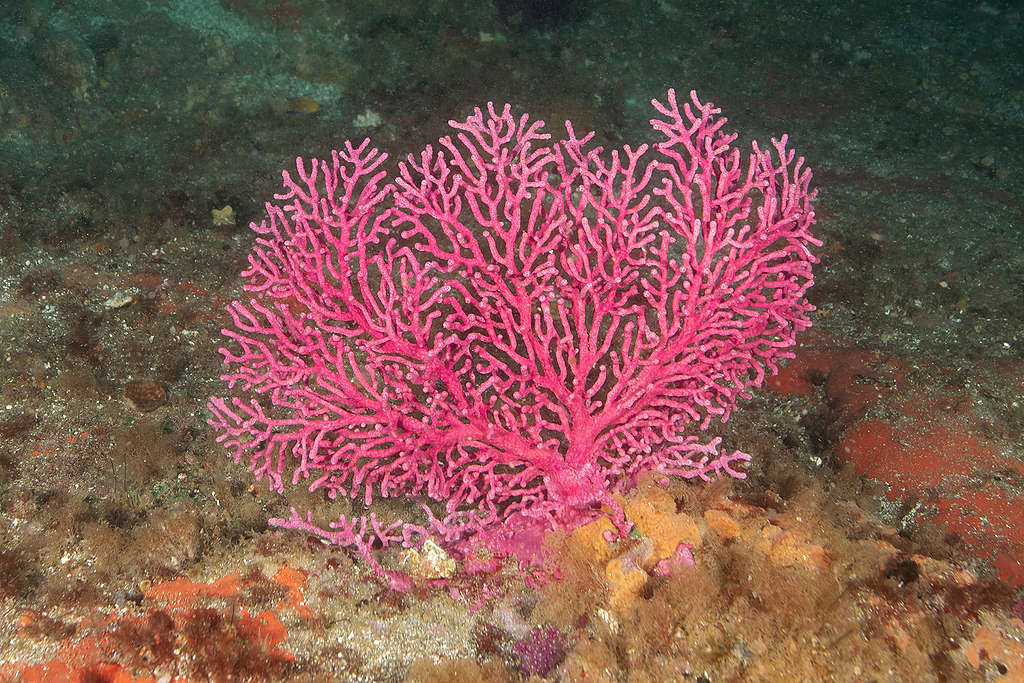
“…if you’re looking to increase protections for biodiversity, you’ve got to choose the most biodiverse areas to protect…”
Allowing industries to self-regulate, or even decide on ocean protection measures, simply doesn’t work. The BPAs are proof of this, and crucially did not protect biodiversity the way they should have. It’s essential then that going forward, we ensure the same mistakes aren’t repeated.
Cutting through the greenwash
Increasingly, we’re seeing industry get smart to the fact they can no longer ignore environmental concerns altogether. Their new strategy is to acknowledge they have a role in environmental degradation, but twist the facts and mislead the public to make it appear they’re willing to change, while advocating for the status quo.
It’s no surprise that Sealord has come out swinging with this new PR offensive. The campaign to protect seamounts from bottom trawling has gathered momentum over the last three years, thanks to the tens of thousands of New Zealanders who have signed petitions, written letters, and spread the word. The fact Sealord feels the need to address the issue head-on with an expensive PR campaign, speaks to how rattled they are that real change is afoot.
But we didn’t campaign this hard to get a repeat of past mistakes. For real protection for the ocean, for preserving those deep sea coral forests that support the rest of the ecosystem, we’ve got to protect them from their major threat – bottom trawling.
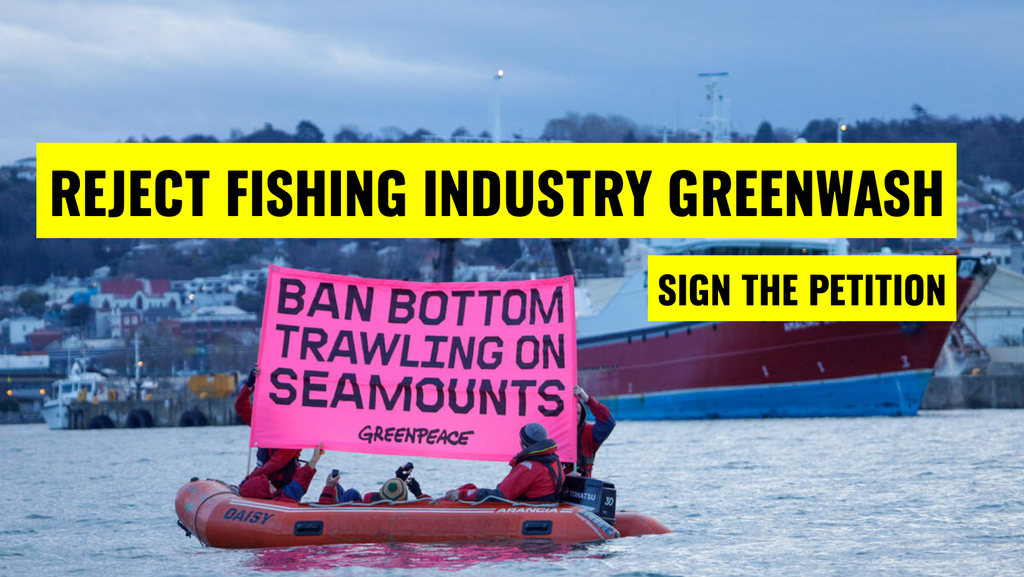
Right now, the commercial fishing industry is desperately trying to undermine ocean protection once again.
Take Action

